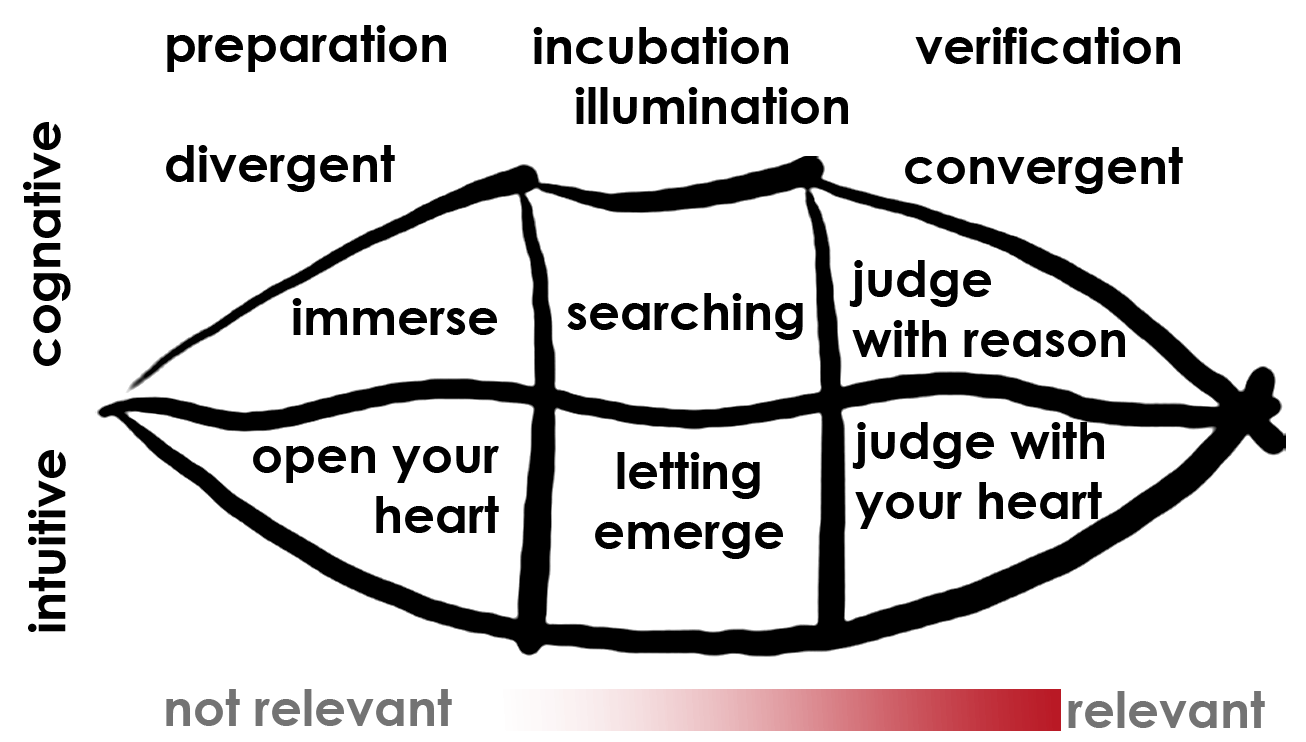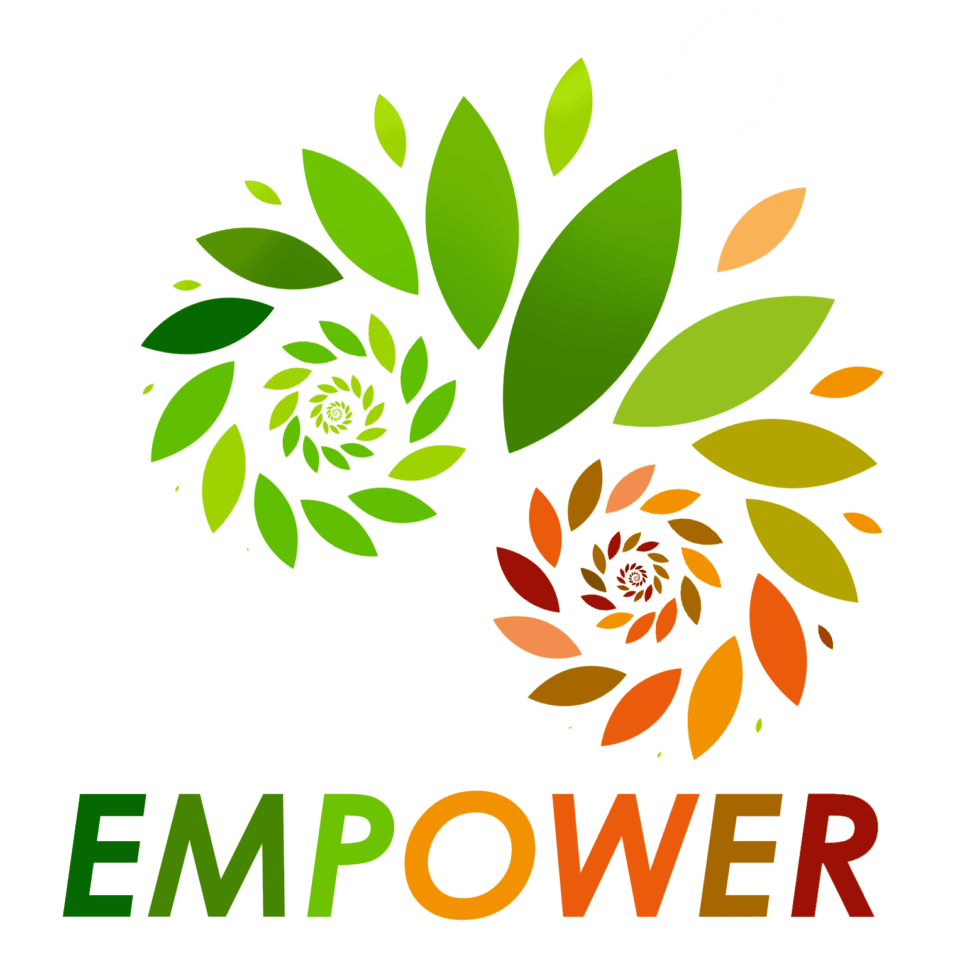Consent Decision Making
What is Consent Decision Making about ?
Consent decision making is a facilitated decision making method that’s used when groups want to make relatively quick decisions collaboratively.

It is faster than consensus, and more inclusive than other decision making methods (top-down decision making, advice decision making, mandated decision making, majority voting, etc).
Group members are invited to voice any concerns they may have about a proposal in a series of rounds, in which everyone is given the opportunity to speak. The group then works together to fine-tune the proposal to accommodate those concerns. A decision is passed by consent when it’s considered ‘good enough for now’ and ‘safe enough to try’, and when no one in the group has a valid objection.
Although unresolved objections prevent decisions from being made, objections are not seen as blocks, but as gifts, which enable the group to foresee and evade potential problems. An objection is only valid when it can clearly be demonstrated that it may prevent the group in some way from achieving its shared aims. Objections cannot be based on premises like ‘I just don’t like it’, or ‘I wouldn’t do it that way’. This prevents decisions being blocked because of personal likes and dislikes.
Decisions passed by consent are subject to a review date, when they can be revisited and reassessed. This helps group members to trust the process, as they know that decisions made quickly can later be overturned if more information becomes available, or if the decision doesn’t work out in practice.

Graphics from the Hum












Audience
Is participant experience relevant for Consent Decision Making ?


Audience description for Consent Decision Making
Consent decision making is perfect for community groups, communities of practice, activist groups, and organisations who seek to make decisions in a non-hierarchical, inclusive way.
Requirements
Not specifically
Run Through
For large decisions (eg those for which a specific meeting has been called) it may be worth formulating a proposal in advance of the meeting, so that the time of the meeting is used in making amendments to an existing proposal, rather than trying to decide what the proposal should be about. The wording of the proposal may also be shared with participants in advance of the meeting, so they have had time to reflect on it and consider any objections that may arise for them.
If a group member has an idea that they wish to bring to the group, they may also find it useful to work out the wording of their proposal in advance (usually this is the task of the group member bringing the idea to the group, rather than the job of the facilitator).
Smaller decisions may be proposed and decided on during a meeting (often, several operational decisions will be made in this way through the course of any meeting). In this case, there is no need to prepare proposals in advance, and often the need and idea for a proposal will emerge through discussions during the meeting.
If preparing a space, it’s best to arrange chairs so that participants are seated in a circle. This makes conducting rounds more straightforward, as everyone can easily see whose turn it is to speak next. There’s no need, however, for a formal venue, and consent decision making can be successfully used in ad hoc outdoor settings, with participants standing if necessary. If possible, encourage participants to form a circle before beginning.
Online
As we may not have the option of a physical ‘circle’ in our chosen video conferencing platform, the facilitator will need to track the order of who is to speak next. If the group is relatively large, it can be useful to type a list of names, in the order that they appear on the facilitator’s screen, into the chat box, so participants can see where they are in the circle, and know how long it will be before their turn to speak. Participants are then invited to speak in the same order in each subsequent round. The facilitator will need to track whether anyone new has joined the call, and ought to be added to the list.
For blended events it can be more challenging to keep track of who has or hasn’t spoken - if several people are gathered on one screen, their screen can be treated as one ‘unit’, with each person there speaking in turn before passing back to people in other locations.
One disadvantage is that it can take longer to check-in with each person whether they want to speak than in a face to face meeting, especially if each participant has to unmute their microphone just to say that they don’t have anything to add. To speed up this process, the facilitator may say the person’s name, then look for a signal (such as a nod or a shake of the head) to indicate whether that person wishes to speak. However, the facilitator still needs to locate each person on their screen, which inevitably takes longer than looking at each person in turn in a physical circle.
For this reason, the use of rounds is sometimes used more loosely in online meetings, and the facilitator may sometimes ask anyone to raise a hand if they have any clarifications, rather than going to each person in turn. Although this can help to speed up the process, it can also discourage quieter, or less confident group members from speaking up, so where possible it is often better to stick to rounds. This must also be balanced with time management, however.

project

ERASMUS +
Co-funded by the Erasmus+ Program of the European Union. Find more information about the program and its goals here: https://erasmus-plus.ec.europa.eu/.
Views and opinions expressed are however those of the author(s) only and do not necessarily reflect those of the European Union or the European Education and Culture Executive Agency (EACEA). Neither the European Union nor EACEA can be held responsible for them.

Creative Commons license:
CC-BY-SA You are free to distribute, remix, adapt, and build upon the material in any medium or format, even for commercial purposes with mention of the source: Transformation Hosts International, www. hostingtransformation.eu. If you remix, adapt, or build upon the material, you must license the modified material under identical terms.



